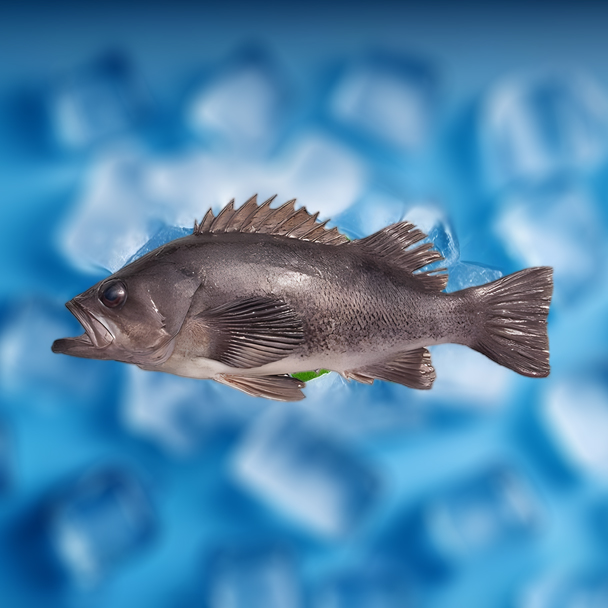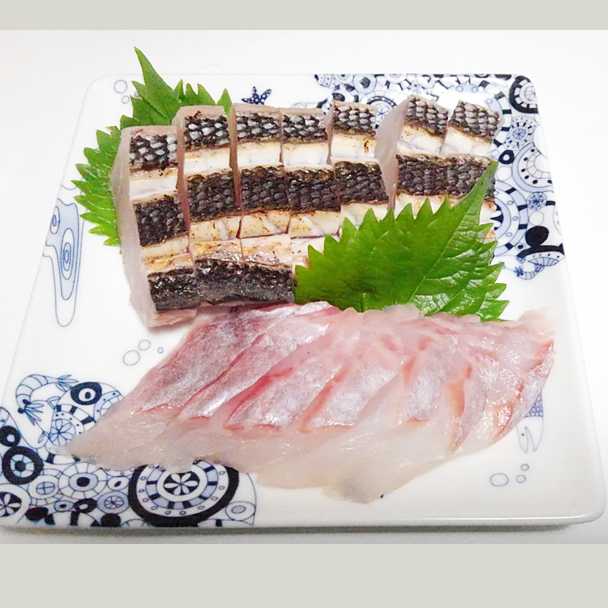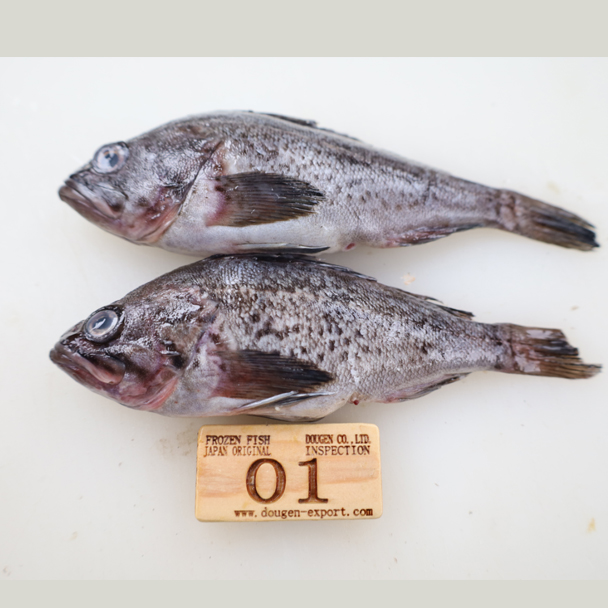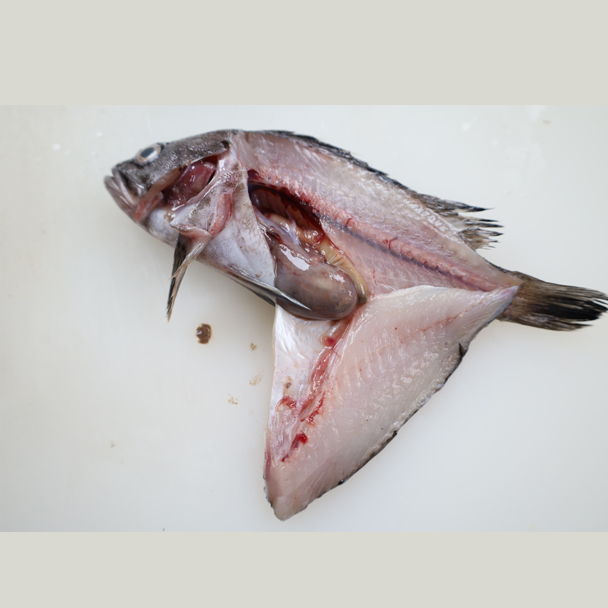








Hokkaido Black Fish is a cold-water freshwater species primarily found in rivers and lakes in Hokkaido and northern Japan. It belongs to the family Salmonidae within the order Salmoniformes. The fish has a slender body, with a brown or olive-green back, distinct black spots along its sides, and a lighter-colored belly. Its typical length ranges from 30 to 60 cm, with some individuals reaching over 70 cm.
Hokkaido black fish prefer clear, oxygen-rich mountain streams and lakes, and are known for their territorial nature and strong upstream swimming ability. They are carnivorous, feeding on insects, aquatic invertebrates, and small fish.
Highly valued for its rich flavor and nutritional content, the flesh of the Hokkaido black fish is firm and delicate, rich in protein and unsaturated fatty acids. In Japanese cuisine, it is often prepared as sashimi, salt-grilled, or simmered in miso. Its clean, refined taste makes it a favorite among seafood lovers. Due to limited wild populations, artificial cultivation has been developed in recent years to support conservation efforts.
